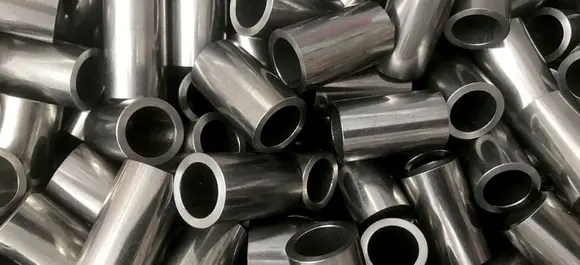Mobile:+86-311-808-126-83
Email:info@ydcastings.com
Essential Principles and Techniques in the Art and Science of Metal Casting Processes
Fundamentals of Metal Casting
Metal casting is one of the earliest metalworking processes, dating back thousands of years. Today, it remains a critical technology in various industries, from automotive to aerospace, due to its capability to produce complex shapes and large quantities efficiently. Understanding the fundamentals of metal casting is essential for anyone involved in manufacturing, engineering, and materials science.
Process Overview
The metal casting process involves converting molten metal into a desired shape by pouring it into a mold
. The basic steps can be summarized as follows1. Pattern Creation The first step is creating a pattern, which is a replica of the final product. Patterns can be made from different materials, including wood, metal, or plastic. The choice of material and the precision of the pattern significantly impact the final product's quality.
2. Mold Preparation Once the pattern is ready, a mold is created around it. Molds can be permanent or expendable. Permanent molds are made of metal and can be reused multiple times, whereas expendable molds are made from materials like sand and are used only once. The type of mold selected affects the casting's detail and surface finish.
3. Melting and Pouring The next step is melting the metal. Various metals, such as iron, aluminum, or bronze, are typically used. The metal is heated until it reaches its molten state and then poured into the mold. Maintaining the correct temperature is crucial, as overheating or underheating can lead to defects in the final product.
4. Solidification and Cooling After pouring, the molten metal begins to solidify as it cools. This process can vary in time depending on the metal alloy and the thickness of the casting. Proper cooling techniques need to be employed to minimize defects such as warping or cracking.
fundamentals of metal casting

5. Mold Removal and Finishing Once the casting has cooled and solidified, the mold is removed. This step may involve breaking the mold in the case of expendable molds. After removal, the casting is often subjected to finishing processes to improve its surface quality, dimensional accuracy, and functionality, such as polishing, grinding, or machining.
Types of Metal Casting
There are several types of metal casting methods, each suited to specific applications and materials
- Sand Casting One of the most common methods, using sand as the mold material. It is versatile and economical, suitable for both ferrous and non-ferrous metals. - Die Casting In this process, molten metal is injected into a reusable metal mold under high pressure. This method is ideal for producing small, precise parts in high volumes.
- Investment Casting Also known as lost-wax casting, this technique involves creating a wax pattern coated in a ceramic shell. Once the shell hardens, the wax is melted away, leaving a mold for the molten metal. It allows for intricate designs and high accuracy.
Conclusion
Metal casting is a vital manufacturing process that combines art and science. By understanding the fundamental principles of metal casting, engineers and manufacturers can optimize their processes to produce high-quality metal components that meet the rigorous demands of modern industries. As technology advances, innovations in materials and techniques will continue to enhance the capabilities and efficiencies of metal casting, ensuring its place in the future of manufacturing. Whether it’s creating intricate parts for delicate machinery or robust components for heavy industries, mastering the basics of metal casting is essential for advancing the art of fabricating durable and complex metal products.
-
Why Should You Invest in Superior Pump Castings for Your Equipment?NewsJun.09,2025
-
Unlock Performance Potential with Stainless Impellers and Aluminum End CapsNewsJun.09,2025
-
Revolutionize Your Machinery with Superior Cast Iron and Aluminum ComponentsNewsJun.09,2025
-
Revolutionize Fluid Dynamics with Premium Pump ComponentsNewsJun.09,2025
-
Optimizing Industrial Systems with Essential Valve ComponentsNewsJun.09,2025
-
Elevate Grid Efficiency with High-Precision Power CastingsNewsJun.09,2025











